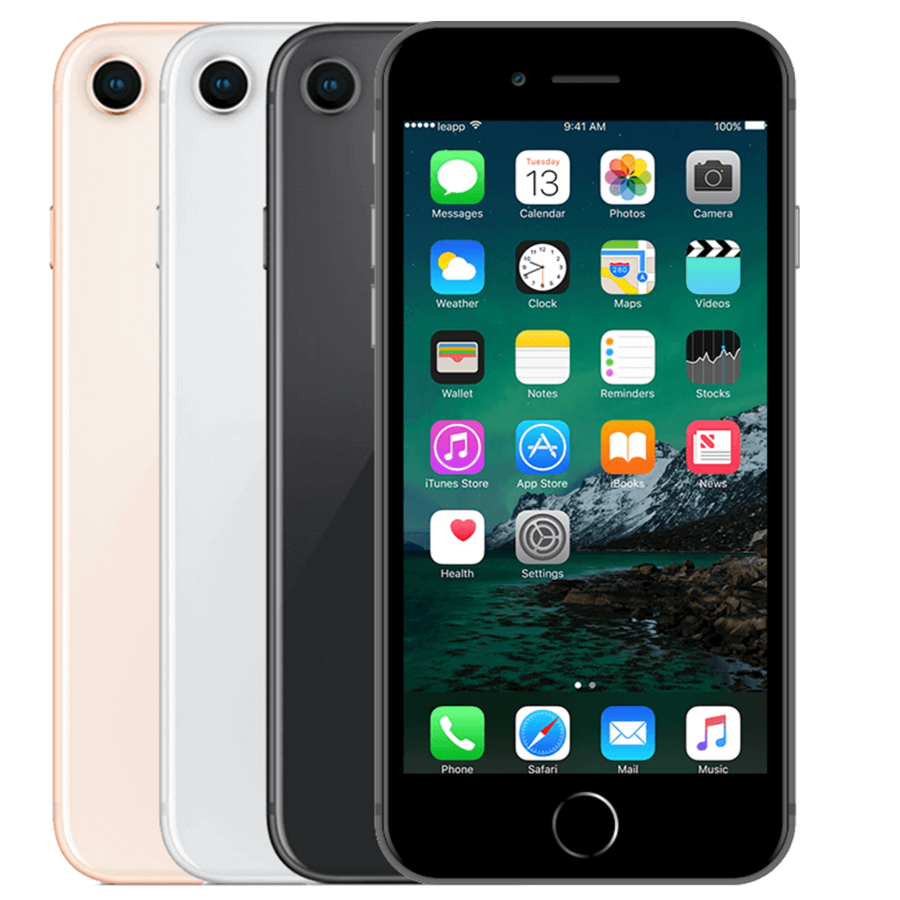When Apple Writes Off Your iPhone
Your iPhone 8 is working fine. WhatsApp works. Taking photos works. The battery barely lasts a day. But then that message pops up again: " This iPhone cannot be updated to iOS 17. " You're not alone - millions of Dutch people are walking around with phones that Apple has quietly written off.
However, the end of support doesn't immediately mean your device is useless. In fact, many users don't even notice the cessation of updates for months. Until that one app stops working. Or your banking app suddenly has stricter requirements. Or you discover certain features aren't available when buying new AirPods .
Then you're faced with a choice: muddle through with security risks or upgrade anyway. Before you panic, first check which devices Apple still supports this year—and what your options are if yours isn't listed.
Useful links
The harsh reality of iOS support
Your iPhone still feels great, but Apple has other plans. Every September, the company announces which devices will get the latest iOS version—and which will lag behind. For millions of users, this marks the beginning of a countdown. Not because their phone is broken, but because the software is quietly becoming outdated.
Currently, all models from the iPhone XR onwards are running iOS 17. In concrete terms, this means that the iPhone X, iPhone 8, and the first-generation iPhone SE are out of the picture. These devices are stuck on iOS 16, with no prospect of further updates.
Which iPhones are still getting updates?
The list of supported models for iOS 17 is quite extensive:
- iPhone 15 series (all models)
- iPhone 14 series (including Plus, Pro, and Pro Max)
- iPhone 13 series (including mini, Pro, and Pro Max)
- iPhone 12 series (all four variants)
- iPhone 11 series (standard, Pro, and Pro Max)
- iPhone XS and XS Max
- iPhone XR
- iPhone SE (second generation from 2020)
- iPhone SE (third generation from 2022)
Recognizing the pattern
Apple typically offers five to six years of support. The 2018 iPhone XR, for example, is still receiving the latest updates, while the more expensive 2017 iPhone X has already been phased out. This is mainly due to the processor: the A12 Bionic in the XR proves to be more future-proof than the A11 in the X.
What happens without updates?
The discontinuation of support is a gradual process. Your phone will continue to function normally, taking photos will still work fine, and WhatsApp will continue to operate for the time being. But beneath the surface, problems are starting to arise:
Security risks are piling up
Without security updates, your device becomes vulnerable to new threats. Hackers are constantly discovering vulnerabilities in iOS. Apple quickly patches these for supported models, but older devices remain unprotected. This makes them attractive to cybercriminals.
Apps start refusing
Developers are focusing on the latest iOS versions. First, new features disappear, then complete app updates cease. Banking apps are often the first to implement stricter requirements—they can't afford to take security risks.
Accessories are not working optimally
New AirPods or an Apple Watch? They communicate best with recent iOS versions. Certain features, such as automatic device switching or spatial audio, only work with supported iPhones.
Your options when support ends
Option 1: Continue using with restrictions
Many users simply muddle through. For basic tasks like calling, messaging, and browsing, an older iPhone is perfectly sufficient. However, be sure to take these precautions:
- Only install apps from trusted sources
- Avoid public Wi-Fi networks
- Make regular backups of important data
- Use strong, unique passwords
- Consider a VPN for extra protection
Option 2: Switch to refurbished
A refurbished iPhone combines durability with functionality. These devices have been professionally inspected, receive new batteries if needed, and come with a warranty. A refurbished iPhone 12 or 13 offers years of updates for a fraction of the original price.
Option 3: The leap to new
The latest models naturally offer the longest support. An iPhone 15 will likely receive updates until at least 2029. For those who use their device for a long time, this could be a wise investment.
When is upgrading really necessary?
Not everyone needs to upgrade immediately when support ends. These signs indicate when it's time:
- Your banking app refuses to start
- Important work apps are no longer available
- The battery no longer lasts half a day
- The screen has cracks or pixel errors
- The storage space is constantly full
- Cameras of new models are significantly better
The future of iPhone support
iOS 18 is scheduled for September 2024. The iPhone XR and XS are expected to be dropped by then, leaving only models from the iPhone 11 onwards. This pattern suggests that:
- iPhone 11 users will still have two to three years of life left
- iPhone 12 owners are safe until about 2027
- iPhone 13 owners likely to receive updates until 2028
Practical tips for the transition
Deciding to upgrade after all? This approach will make the transition smoother:
- Back up via iCloud or computer - Make sure all photos, contacts and apps are safely stored
- Prepare data transfer - Clean up first, remove old apps and photos you no longer need
- Choose timing - September brings new models, but also price drops on existing devices
- Check trade-in value - Even older models often still have value as a trade-in
The end of software support feels like a forced farewell, but it doesn't have to be a tragedy. With the right information, you can make a well-considered choice between continuing to use, buying refurbished, or investing in new. The most important lesson: don't wait until your apps crash or security vulnerabilities arise. Plan your transition early, and you'll maintain control over your digital life.
Making the conscious choice
The discontinuation of iOS updates isn't a disaster, but it is a natural turning point. Your iPhone will continue to work for the time being, but the clock is ticking for apps and security . Whether you muddle through until it's absolutely impossible, opt for a refurbished model with years of support, or invest in the latest technology, make that choice consciously.
Be sure to check which features you actually use and how much longer your device has to last. This way, you'll avoid panic decisions when your banking app suddenly denies access.


























